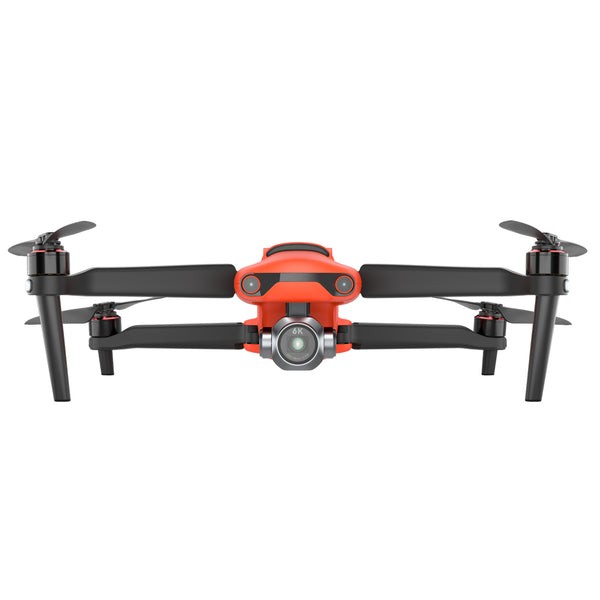Autel EVO II drones are known for their impressive camera capabilities and flight performance. A key aspect of drone operation is understanding airspace regulations and geofencing. This article delves into Autel Evo Geofencing, exploring recent updates, how it works, and its implications for pilots.
Autel drones were initially marketed with “no geofencing restrictions” as a selling point. However, Autel has recently implemented mandatory no-fly zone databases in several countries, including the United States, Japan, Australia, and Greater China, prioritizing airspace safety. This shift involves integrating geofencing technology into the EVO II series through firmware updates.
How Autel EVO Geofencing Works
Autel EVO geofencing relies on the drone’s GPS location, not the mobile device’s location. When the drone enters a designated no-fly zone, a warning notification appears in the Autel Explorer app. It’s crucial to understand that this is a warning, not a flight lock. Autel’s system will inform you of the restriction, but it won’t physically prevent takeoff. However, ignoring these warnings and flying in restricted airspace can lead to severe consequences, including fines and potential drone confiscation. Pilots are solely responsible for complying with local airspace regulations.
Autel emphasizes personal accountability. They provide the information; pilots must make the responsible decision. The company regularly updates its no-fly zone database to reflect current regulations.
Updating Your Autel EVO II for Geofencing
To ensure your Autel EVO II has the latest geofencing data:
- Update the Autel Explorer App: Ensure you have the latest version of the Autel Explorer app installed on your iOS or Android device.
- Update Firmware: Connect your drone to the internet through the app. The latest firmware containing geofencing updates will download and install automatically. Autel recommends leaving the device undisturbed for a few minutes after the update prompt disappears to allow for complete installation.
Image Credit: Dan Bayne – Autel Explorer App
Geofencing in the Drone Industry
Autel’s adoption of geofencing aligns with a broader industry trend toward enhanced airspace safety. Other major drone manufacturers, like DJI, have also implemented geofencing systems. These systems are recognized by government and industry groups as vital for safe drone operations.
Examples of Restricted Airspace
Understanding where you can and cannot fly is paramount. Areas like the airspace around Washington D.C. (a 7-mile radius) are highly restricted. Flying in these zones requires explicit government authorization. Always consult local regulations and resources like the FAA’s B4UFLY app before flying. If you need to operate in a restricted area, contact Autel support for assistance with unlocking procedures.
Conclusion
Autel EVO geofencing is a crucial safety feature designed to promote responsible drone operation. While Autel’s system doesn’t lock your drone, understanding and respecting geofencing restrictions is essential. By staying informed about no-fly zones and adhering to local regulations, pilots contribute to a safer airspace for everyone. Always prioritize safety and fly responsibly.

